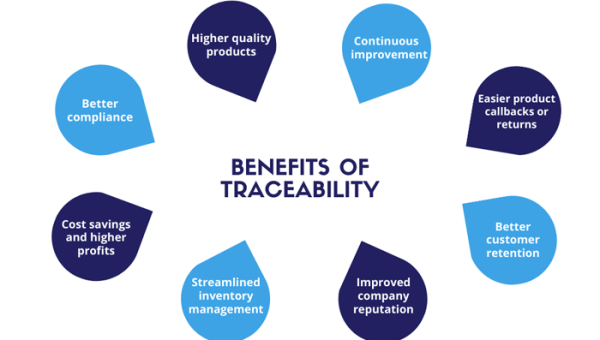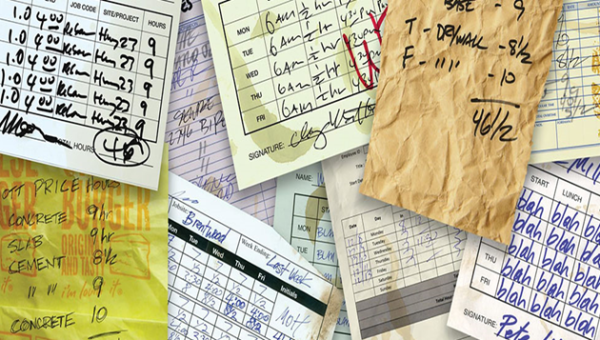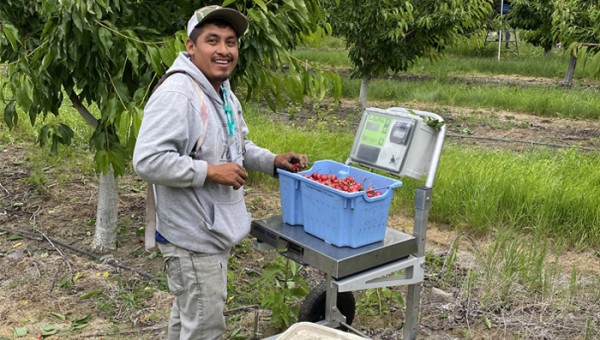Being Compliant with Laws and Regulations
Many countries have strict regulations regarding food safety, labeling, and traceability. 2nd Sight has several software options available that help farmers maintain accurate records and easily provide the necessary information to meet regulatory requirements, reducing the risk of fines or legal issues. Using barcodes, you now can track a product from its starting location to its destination. Being able to track a crop from packing house to distribution is crucial. Whether you are palletizing, building clamshells, or moving products from one place to another, we got you covered.
An addition to helping farmers comply with traceability regulations, 2nd Sight’s various automated systems also make record keeping a breeze. Manual record keeping can be time-consuming and prone to errors. 2nd Sight’s traceability software automates record keeping, reducing administrative burden, and ensuring accuracy. Having your data, which might include years of notes, details, and product information, allows you to easily filter through prior data to get to the bottom of things quickly.
Quality Assurance and Risk Management
Traceability software allows you to track and document every stage of the production process, from planting to harvesting, storage, and distribution. This level of documentation ensures that quality standards are consistently met, leading to better product quality and increased customer satisfaction. Having the ability to track the entire history of a product allows you to track down potential issues at the source.
Additionally, traceability software allows you to more effectively manage risks related to crop diseases, pest infestations, and adverse weather conditions. By tracking the origin of products and inputs, you can quickly respond to potential threats and take preventive measures to avoid future threats. Our system also has a feature where you can take notes quickly and efficiently on crops that could be potentially at risk.
Enhanced Transparency and Increased Market Access
Accurate labor data obtained from one of 2nd Sight’s tracking systems also allows for better planning and decision-making. You can use historical labor information to forecast labor requirements for future seasons, estimate costs, and determine staffing needs. This helps you optimize your workforce, ensure sufficient labor availability during peak seasons, and avoid unnecessary labor expenses during slower periods.
Our pricing model is such that you pay most when you use the system most, and, during off months, you only pay a small database maintenance fee. We use a model that charges you only when you have employees using the system. During the rest of the year, our system will not only help you avoid unnecessary labor expenses, but also not charge you unnecessary fees.
Conclusion
Our company slogan is, ““Engineering Better Solutions for the Ag Industry," and we are constantly looking for ways to make our current products better and to provide new solutions for ag. StockTrak, our traceability software, is a perfect example of how we roll. Based on customer input and experience, we have been finetuning this software to best fit our current and future customers’ needs. If you are interested in seeing what we have come up with, feel free to contact us today for additional information or a Zoom demo at



